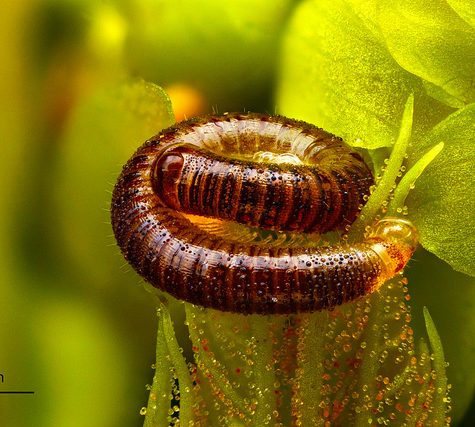Damselfly Panoramic
$19.00 – $400.00Odonata is an order of carnivorous insects, encompassing the dragonflies (Anisoptera) and the damselflies (Zygoptera). The Odonata form a clade, which has existed since the Triassic.
Dragonflies are generally larger, and perch with their wings held out to the sides; damselflies have slender bodies, and hold their wings over the body at rest.
















